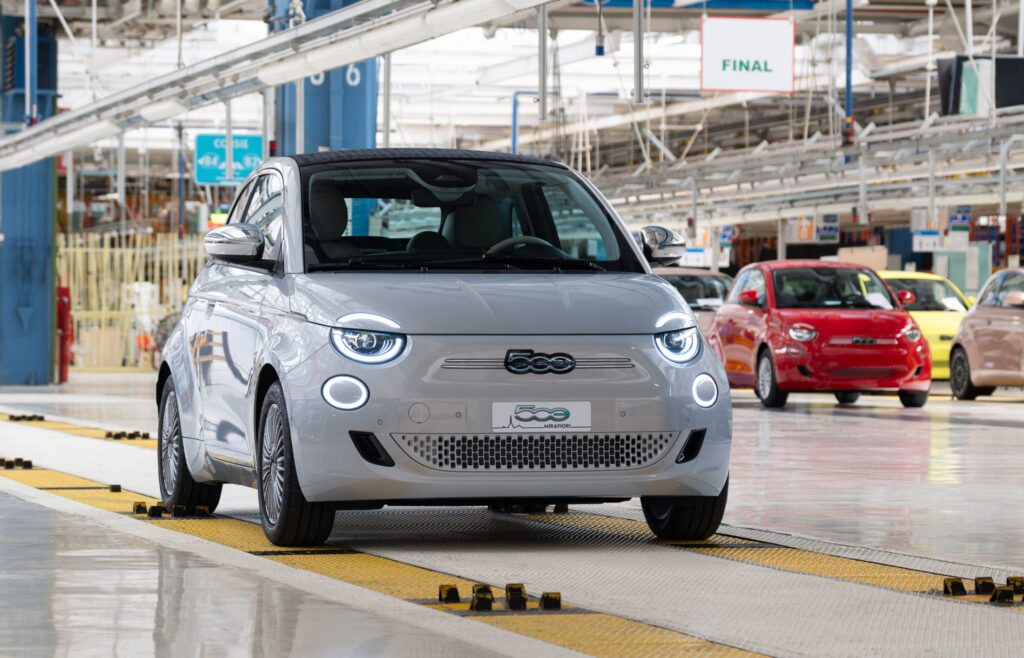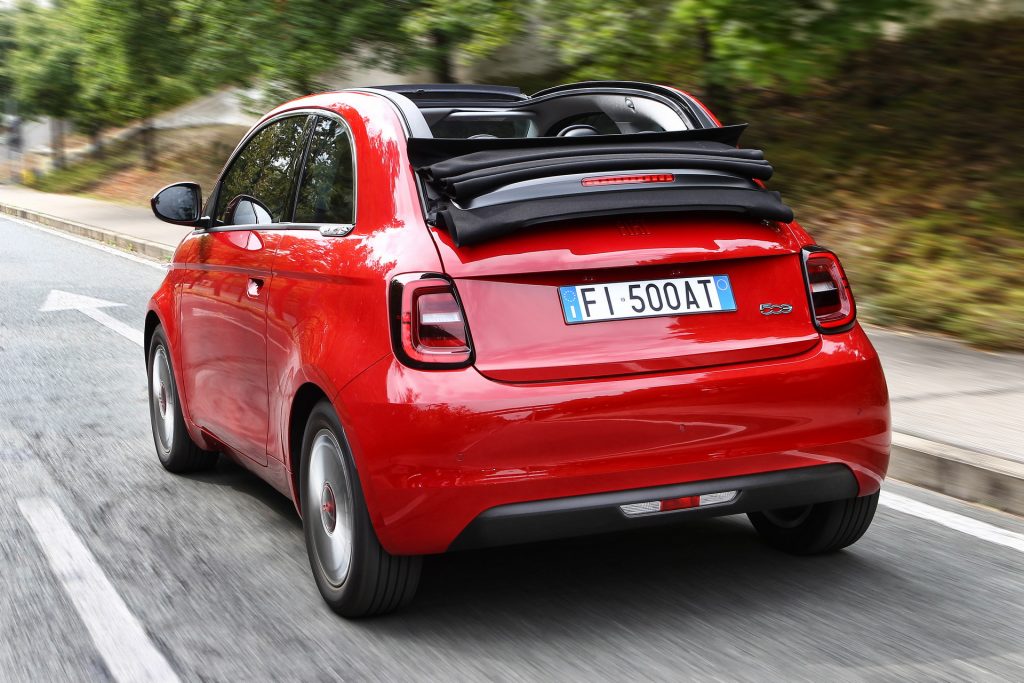- The Fiat 500 will get a new generation in 2032, which will also be manufactured in Mirafiori.
- The news were shared by Jean-Philippe Imparato, Stellantis COO for the Enlarged European region.
- The company will make further announcements about its future plans next week.
Stellantis might be navigating a whirlwind these days, but amidst the chaos of searching for a new CEO after Carlos Tavares abruptly resigned last week, the company has managed to find time to confirm that the next generation of the Fiat 500 will debut in 2032—even as it continuously pauses production of the current electric variant because, apparently, no one is buying it.
Commitment to Mirafiori Production
Additionally, the group has assured that production of the iconic Cinquecento will continue at the Mirafiori plant in Turin well beyond 2030, underscoring their commitment to maintaining a strong manufacturing presence in Italy.
Fiat might be having a hard time convincing people to buy the fully electric 500e, but the “Cinquecento” remains one of the most well-known nameplates in Europe’s city car segment. Jean-Philippe Imparato, former Alfa Romeo CEO and current Chief Operating Officer at Stellantis for the Enlarged Europe region, spoke about the model’s future during an interview with local media.
More: Abarth Is Done With ICE, Eyes A Larger Electric SUV
As reported by Quattroruote, Imparato has pledged to keep the Mirafiori plant busy with Fiat 500 production, even when the next generation arrives in 2032-2033. Before that happens, the Stellantis executive is trying to bring the mild-hybrid version of the current 500 model to the market as soon as possible. Imparato expects the Fiat 500 Ibrida to arrive around November 2025.
Revitalizing the 500 Lineup
According to COO, once the 500 lineup is complete with EV and mild-hybrid powertrain options, the goal is to “start again with about 100,000 cars a year.” Fiat recently had to pause production of the 500e due to slower-than-expected demand for the EV, a struggle that has persisted since 2020. The company kept the last-gen ICE-powered 500 in production until earlier this year before deciding to make the 500e compatible with mild-hybrid power.

According to Imparato, Turin is very important for Stellantis: “We’ll have the European organization, plus the sales people, plus the hybrid 500, plus the future of the 500 and this is a signal. In Turin we also have the e-Dct, which is the gearbox needed for the hybrid and is exported everywhere”.
Imparato offered his own explanation for the EV slowdown, attributing it to a financial crisis and pervasive uncertainty about the future:
“The global economic situation is not good and so people say: ‘Should I change my car now? I’m not sure. And should I get an electric, hybrid or traditional combustion engine?’. This is part of the uncertainty and beyond this it is said that individual mobility is about to change. But if I have to enter the center of a large Italian or even European city, what do I get? An electric? A hybrid? A plug-in? This fuels uncertainty. For me it is something that explains the current situation, beyond the economic crisis we are facing.”
The Chief Operating Officer added: “China will reach 90% electric within three years. We must push competitiveness and collaboration, to lighten costs: technology, batteries, software to be optimized. Stellantis is about to launch 14 models, including electric and hybrid, to face this competition. We will do it, it’s tough, we all know it, we need competitiveness, we need support.”
Stellantis is expected to make important announcements next week about its plans, as it’s trying to form an alliance with suppliers to continue the electric transition. Imparato is ensuring everyone that they won’t be closing down any factories in Italy, reaffirming Stellantis’ dedication to its Italian manufacturing roots.





